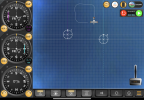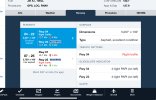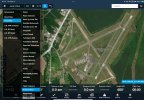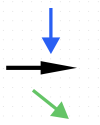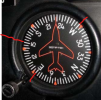LAWYER2
Filing Flight Plan
- Joined
- Dec 16, 2022
- Messages
- 23
- Display Name
Display name:
LAWYER2
Hey all,
Admittedly, I'm still struggling with quickly processing degrees and headings along with directions. For example, I'll know that the wind is coming from 240, yet still struggle to understand how it affects my direction or how it relates to the cardinal directions (North, South, East, West). I've experimented with using an INOP VOR gauge in the past to quickly adjust and figure out bearings, headings, and directions, but it can be distracting and not always available in the planes I fly. Another example is quickly being able to decide what runway to land on based on the wind direction from ATIS/AWOS at un-towered airports. I'm not sure why I still struggles with this, but if there is anything anyone suggests to better train my brain I would greatly appreciate it!
Admittedly, I'm still struggling with quickly processing degrees and headings along with directions. For example, I'll know that the wind is coming from 240, yet still struggle to understand how it affects my direction or how it relates to the cardinal directions (North, South, East, West). I've experimented with using an INOP VOR gauge in the past to quickly adjust and figure out bearings, headings, and directions, but it can be distracting and not always available in the planes I fly. Another example is quickly being able to decide what runway to land on based on the wind direction from ATIS/AWOS at un-towered airports. I'm not sure why I still struggles with this, but if there is anything anyone suggests to better train my brain I would greatly appreciate it!

